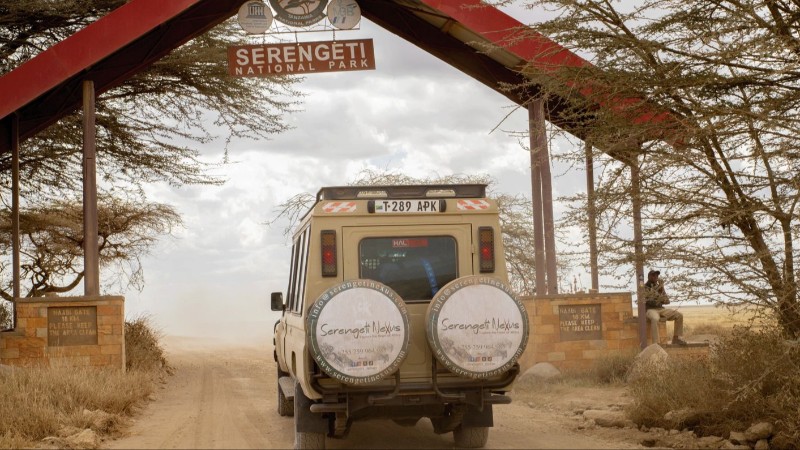
Serengeti National Park
UNESCO World Heritage Site
Discover the iconic Serengeti National Park, Tanzania
Maasai people called this park 'Siringet', meaning endless plains. The Serengeti speaks for itself and with good reason not only the migration of over 1 million wildebeest through its plains and woodlands but also unique landscapes and other spectacular wildlife.
The Serengeti is home to the world’s largest populations of Wildebeest, Zebra, Cape Eland, Lion, Cheetah, Hyena and Gazelles. The scenic beauty of the sky with cool nights and warm days makes your visit to this remaining home for great migration of large mammals incredible!
Safari Cost
How much does Serengeti Safari cost?
The cost of a vacation in the Serengeti depends on many factors, including the season, choice of accommodation, length of stay, and so on. The national park charges entry fees, which are typically included in the cost of safari packages.
A mid-range safari in the Serengeti with a reliable tour operator typically costs between USD $400 and $600 per person per day. However, there is no upper limit for luxury safaris, as some exclusive lodges can charge thousands of dollars per night.
Destination Map
What are the main attractions of the Serengeti National Park?
The Great Migration
This is the Serengeti’s most famous and awe-inspiring event. Over 1.5 million wildebeest, 200,000 zebras, and 300,000 gazelles move in a circular journey across the Serengeti and into Kenya’s Maasai Mara, in search of fresh grazing. The migration is full of drama: from river crossings at the Grumeti and Mara Rivers — often filled with hungry crocodiles — to predator attacks and the heartwarming calving season in the southern plains of Ndutu (Jan–Mar).
🌍 Best time to witness river crossings: July–October
🐣 Best time for calving: January–March
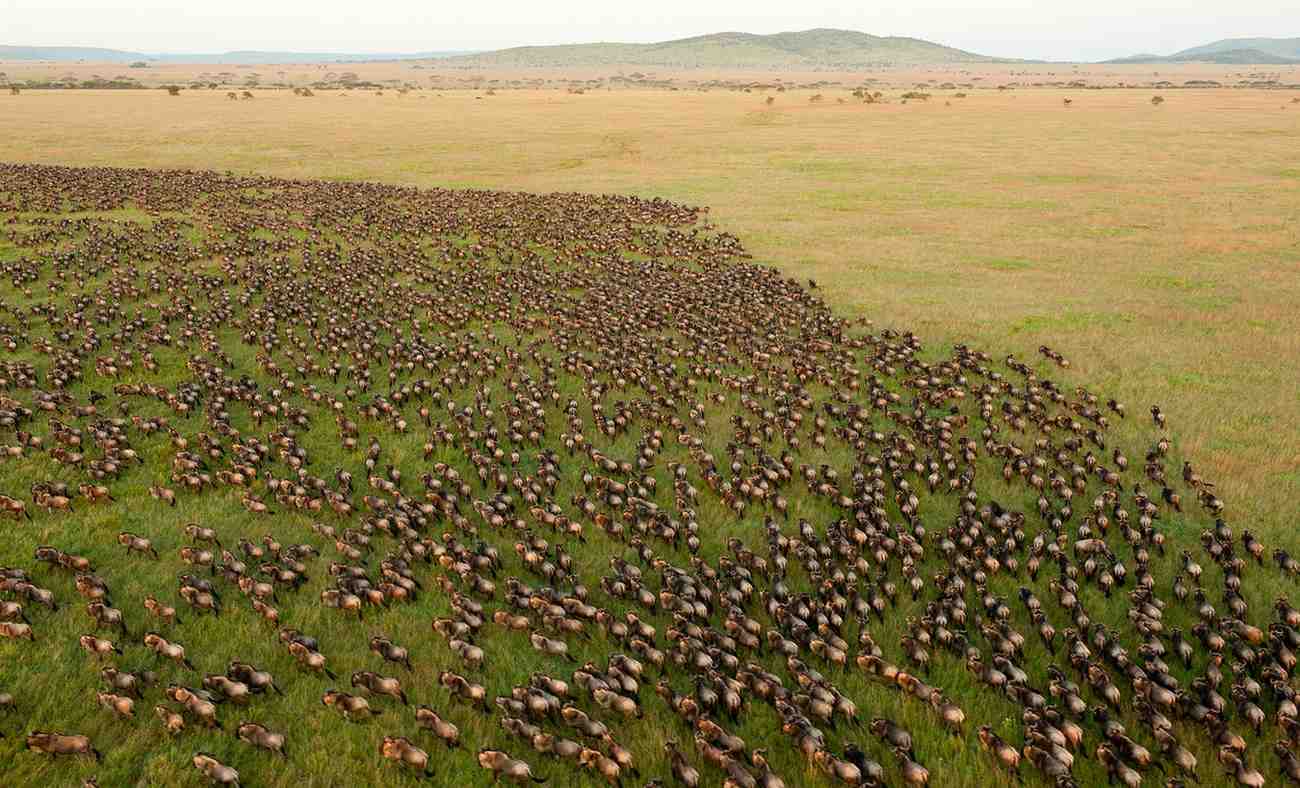
Big Cats and Predator Action
The Serengeti is home to one of the largest lion populations in Africa, along with many cheetahs, leopards, hyenas, and jackals. The open grasslands provide excellent visibility for spotting these predators in action, whether hunting, resting under acacia trees, or caring for their young.
🔭 Best places: Central Serengeti (Seronera Valley) and Namiri Plains
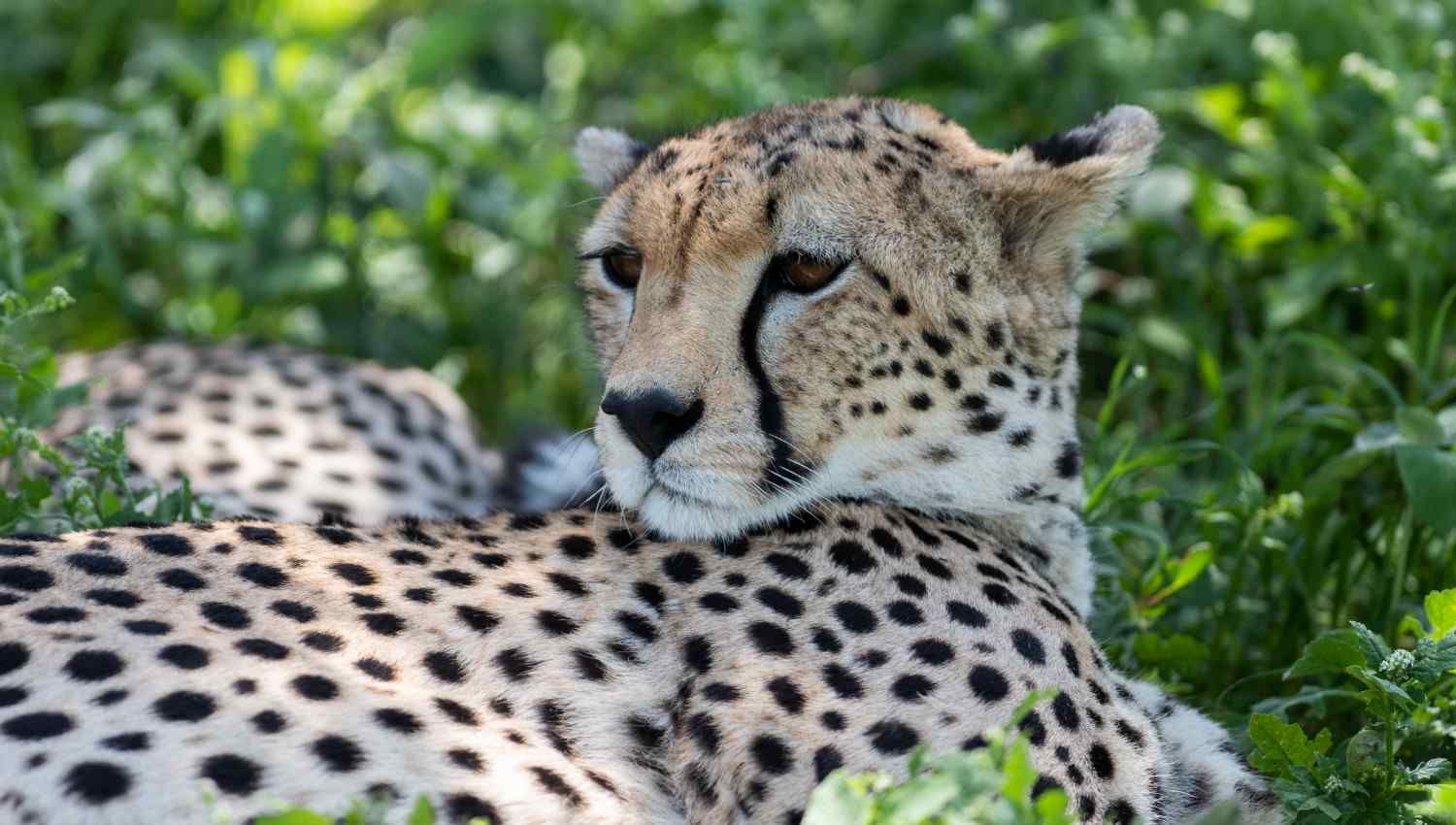
Central Serengeti & Seronera River
This is the heart of the park and one of the most wildlife-rich areas year-round due to the presence of the Seronera River, which draws animals even during the dry season. Visitors can expect to see elephants, giraffes, hippos, crocodiles, and big cats all in one day. It's also the most accessible part of the park, with many lodges and camps.
🏕 Ideal for first-time safari-goers or shorter itineraries.
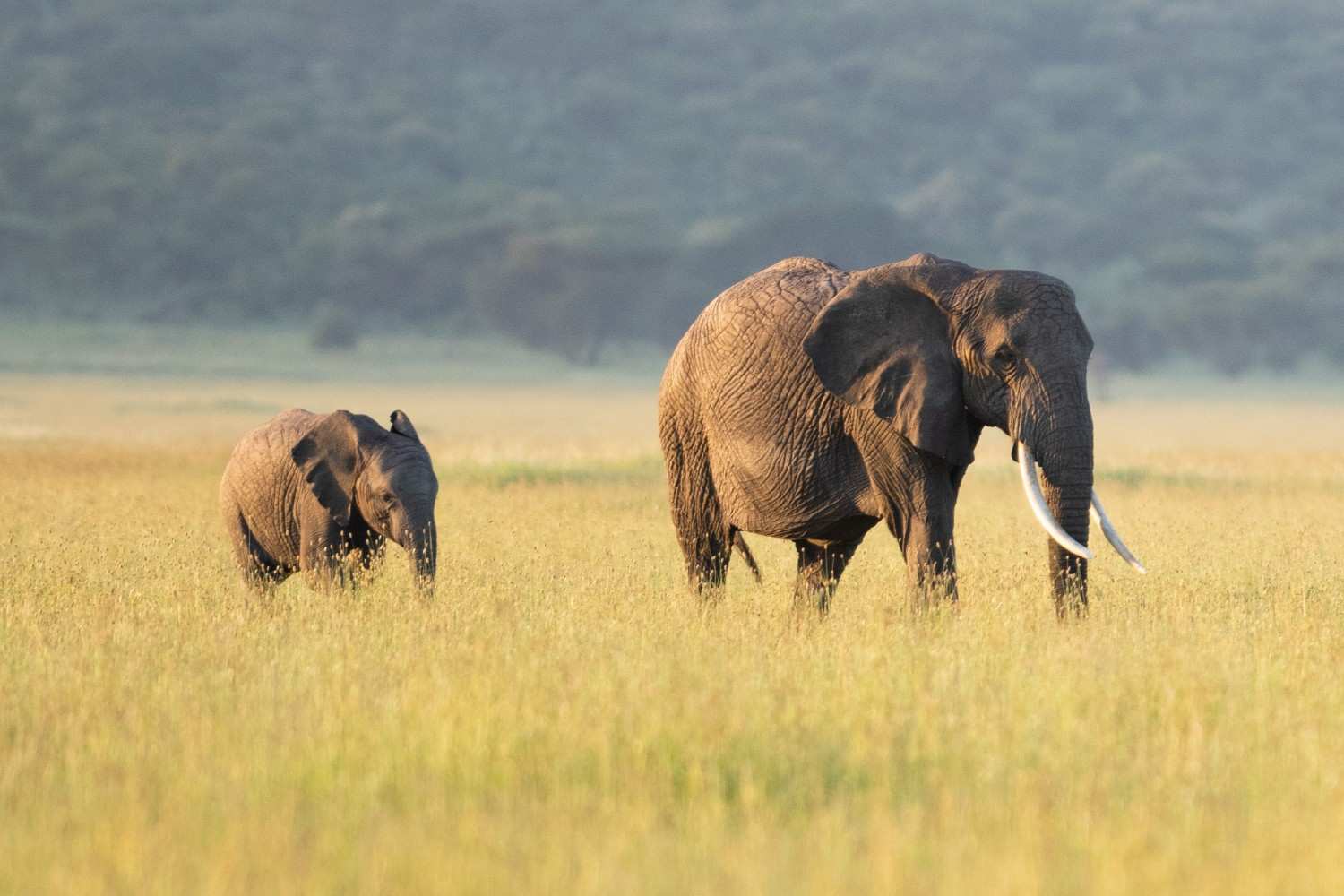
Moru Kopjes and Granite Outcrops
These ancient rocky formations, known as kopjes, rise above the plains and provide a scenic break from the grasslands. They are ideal places for spotting lions sunbathing, leopards hiding, and even black rhinos. Moru Kopjes also hold Maasai rock paintings and are culturally significant.
🖼 A mix of wildlife, landscape, and culture.
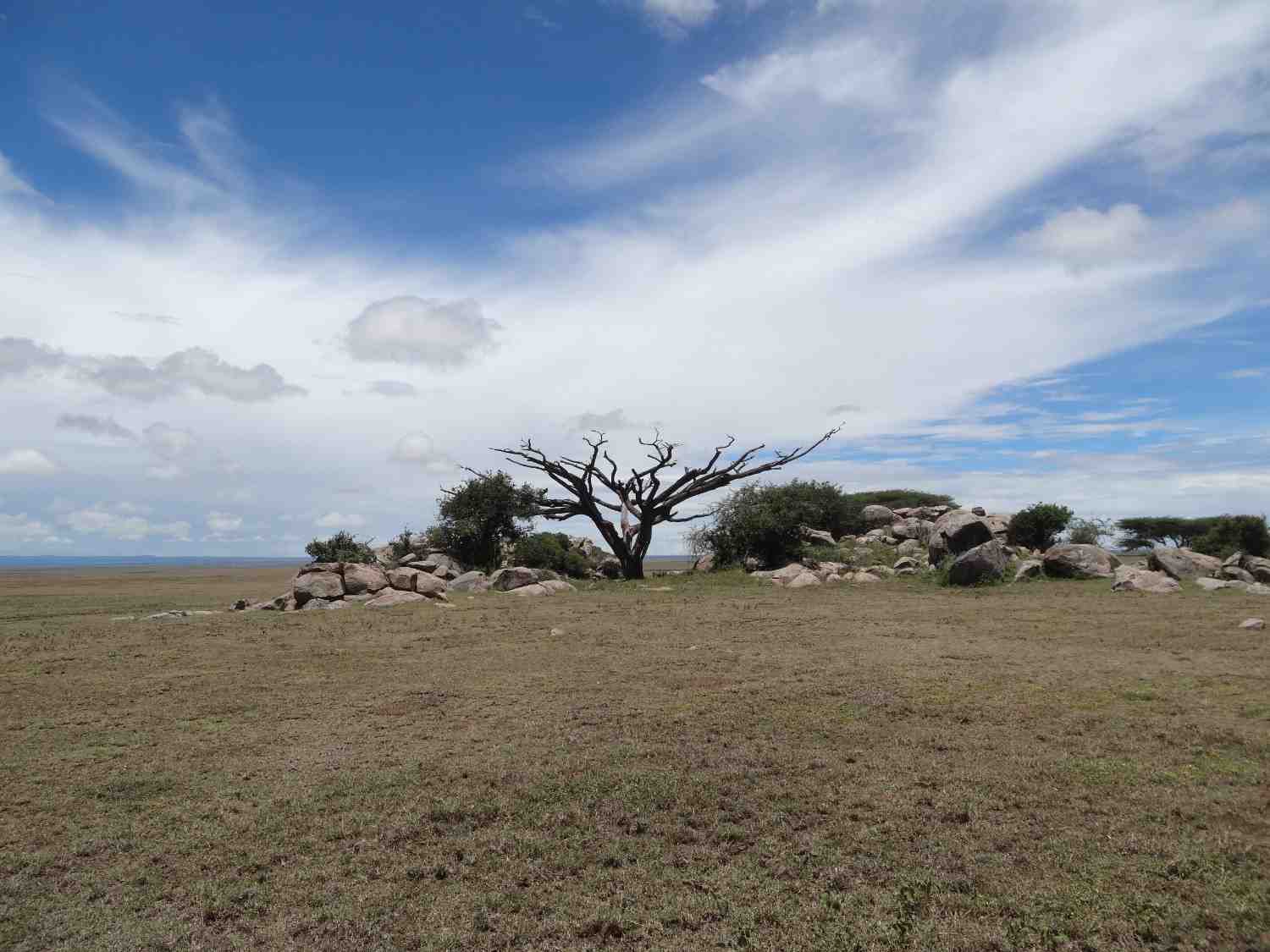
Activities in the Serengeti National Park
Hot Air Balloon Safari
Soar silently over the Serengeti plains at dawn, watching herds of animals and the sunrise from above. The experience ends with a champagne bush breakfast. It’s a once-in-a-lifetime way to view the park’s beauty from the sky.
📍Best done in Central Serengeti and Western Corridor.
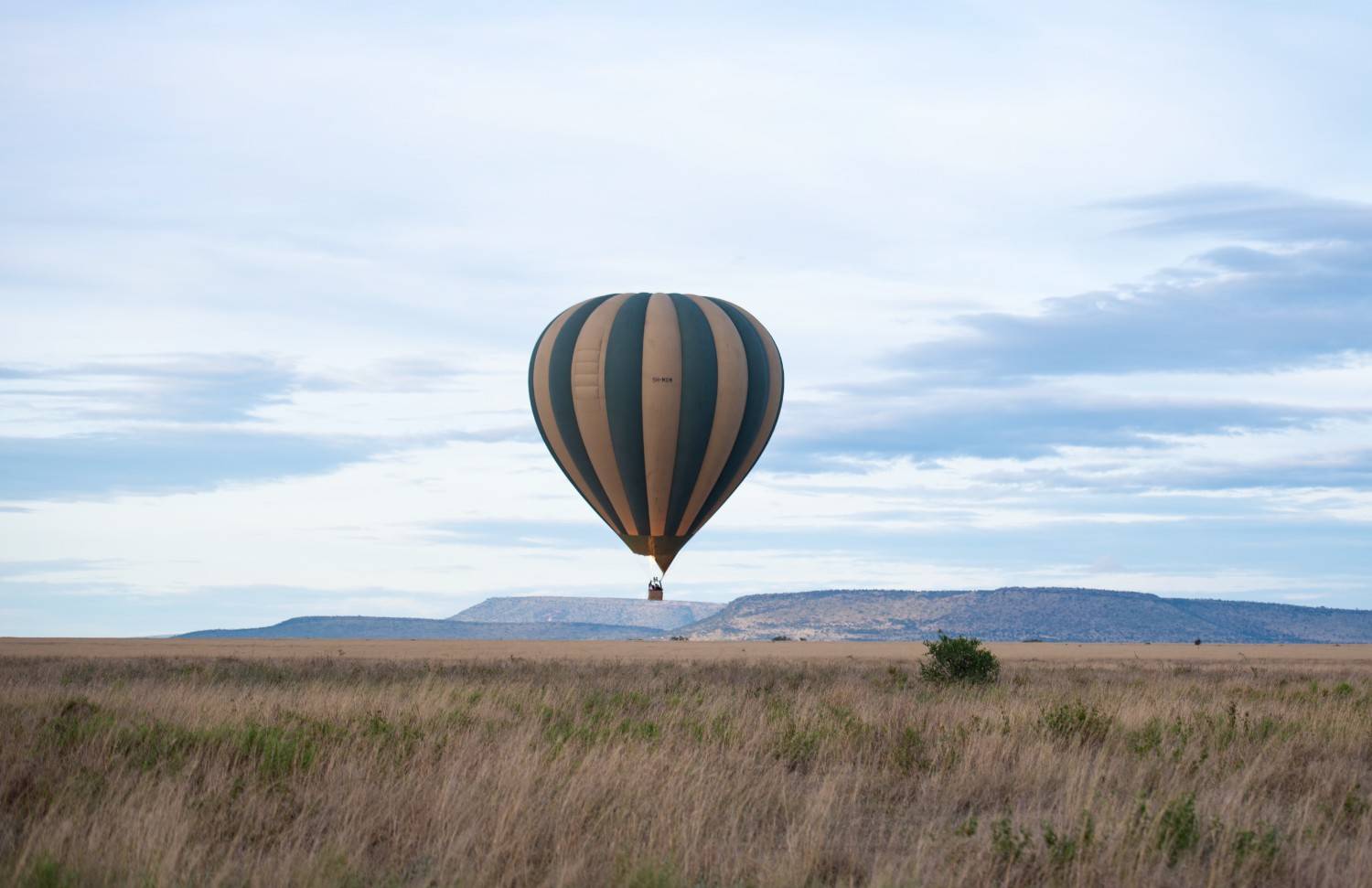
Game Drives (Morning, Afternoon, and Full-Day)
The most popular activity in the Serengeti, game drives offer close encounters with wildlife in their natural habitat. Led by professional guides, you’ll explore different ecosystems and track animals like lions, elephants, giraffes, and cheetahs. Morning and evening drives are ideal for predator sightings.
🛻 Available year-round in all parts of the park.
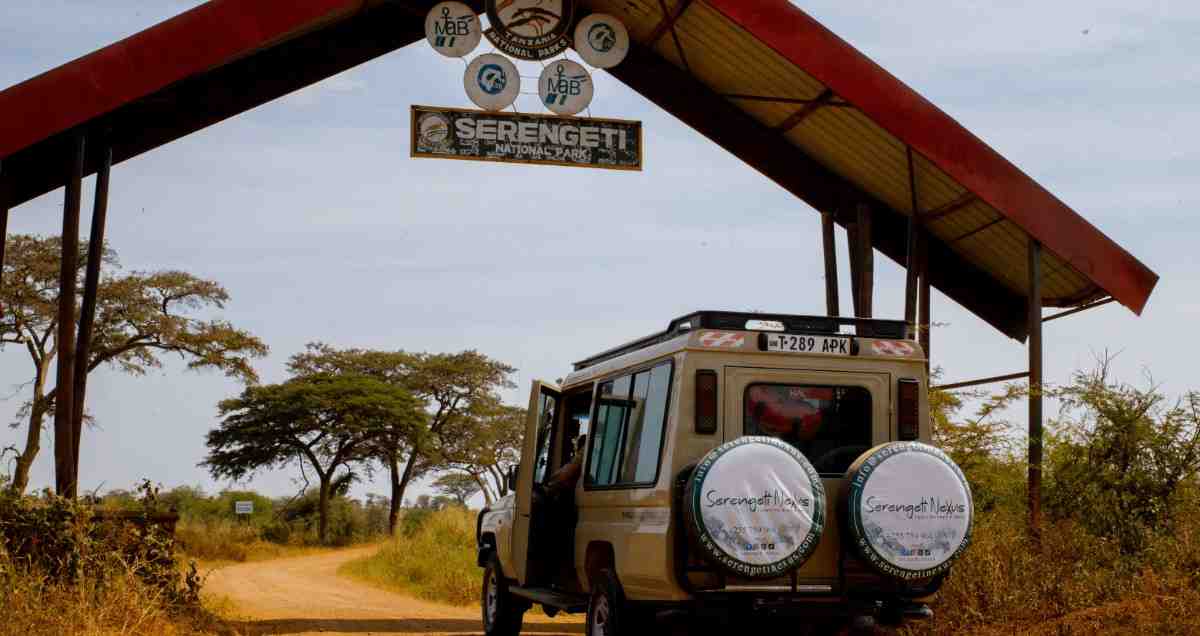
Animals in Serengeti National Park
The Serengeti is home to over seventy species of large mammals, making it one of the best places in Africa to see all the iconic wildlife — from elephants and lions to cheetahs and giraffes. Many animal populations here are significantly larger than in other renowned parks, offering unmatched wildlife viewing opportunities. It’s also one of the few remaining places where you can still encounter Africa’s rarest animal — the Eastern black rhinoceros.
Keep in mind, the Serengeti is vast and wild. Animals roam freely across its immense landscape, and there may be times during your game drive when sightings are few and far between. That’s where your experienced safari guide steps in — constantly communicating with other guides via radio to track recent animal movements and ensure you’re in the right place at the right time.
Lion
Common
Elephant
Common
Rhino
Rare
Leopard
Rare
Cheetah
Rare
History of Serengeti National Park
Where is the Serengeti National Park located?Is Serengeti in Kenya or Tanzania? - This question is often raised by travelers who plan to visit East Africa. The answer is simple: the Serengeti National Park is located in northern Tanzania, stretching over 1,500,000 hectares (3,700,000 acres) of wild savanna. It can be easily found on the map – to the east of Lake Victoria, the largest lake in Africa, near the border with Kenya.
To the north, the Serengeti borders the Kenyan Maasai Mara National Reserve, and to the east, the renowned Ngorongoro Crater and Conservation Area. The larger Serengeti ecosystem stretches even beyond the national park, being defined by the area covered by the Great Migration.
Frequently Asked Questions about the Serengeti National Park
If the plan includes only visiting the Serengeti, flying is the best option. Regular flights from Arusha and Kilimanjaro airports directly to the Serengeti are available. You can book a charter flight that will depart at a convenient time for you and only with you on board. The entire journey will take 1-2 hours. In the Serengeti, a safari guide will meet you, and you will immediately begin acquainting yourself with the most famous park in Africa.
The Serengeti has several airstrips. If your safari starts in the central part of the park, the plane will land at the Seronera airstrip; if in the western part - at the Grumeti airstrip. The northern part of the Serengeti is served by the Kogatende and Lobo airstrips.
By safari vehicle
Most safaris in Northern Tanzania begin in the city of Arusha, the closest major city en route to the national parks from Kilimanjaro International Airport. Travelers rest in Arusha after their flight, and the safari begins the following day.
Before reaching the Serengeti, visitors usually explore smaller parks such as Tarangire, Lake Manyara, and Ngorongoro, which are located on the way from Arusha to the Serengeti. Direct travel to the Serengeti is exhausting; the journey from Arusha without stops takes 8-9 hours, consuming an entire day, and you might not see any animals. In that case, the vehicle arrives at the Serengeti by around 4-5 PM, but by 6 PM, all travelers must be at their hotel, as staying in the savanna after this time is not allowed according to the park rules.
Therefore, visiting the Serengeti is recommended to be combined with safaris in other Tanzania national parks. By visiting them on the way to the Serengeti, travelers can see all the main safari attractions of Northern Tanzania, making the Serengeti the climax of the trip.
By plane
If the plan includes only visiting the Serengeti, flying is the best option. Regular flights from Arusha and Kilimanjaro airports directly to the Serengeti are available. You can book a charter flight that will depart at a convenient time for you and only with you on board. The entire journey will take 1-2 hours. In the Serengeti, a safari guide will meet you, and you will immediately begin acquainting yourself with the most famous park in Africa.
The Serengeti has several airstrips. If your safari starts in the central part of the park, the plane will land at the Seronera airstrip; if in the western part - at the Grumeti airstrip. The northern part of the Serengeti is served by the Kogatende and Lobo airstrips.
Traveling from Lake Victoria
Most travelers visit the safari parks of Northern Tanzania from east to west: Lake Manyara, then Tarangire, Ngorongoro, and finally - the Serengeti. However, some visitors start their Tanzanian adventure from Lake Victoria in the west of the country and then visit the safari parks. In this case, the Serengeti will be the first park on the safari trip. The journey by off-road vehicle from the city of Mwanza on the shores of Lake Victoria to the Ndabaka gate - the western entrance to the Serengeti - takes two to three hours.
The Serengeti is the third-largest natonal park in Tanzania. Conventionally, its territory is divided into four parts: Seronera (central part), Western Corridor, southern, and northern. To comfortably explore the park, it's recommended to plan four to six days, two to three of which you will spend in Seronera, and the remaining in areas where the Great Migration is seasonally located. A trip will require four to six days in total.
This duration allows for a leisurely visit to all key locations and longer stays in the most interesting places. An additional day can be allocated for rest at the hotel, especially if you are traveling with children - safari trips and game viewing are very enriching but can be tiring.
If you simply want to see Tanzania's wildlife, there is no need to travel to remote areas of the Serengeti where the Great Migration is not present at the time. Such a trip would take a lot of time, and practically all animals of the Serengeti can be observed in the area of the Migration. A safari near the Migration will be much richer without the need for extensive travel across the park.
